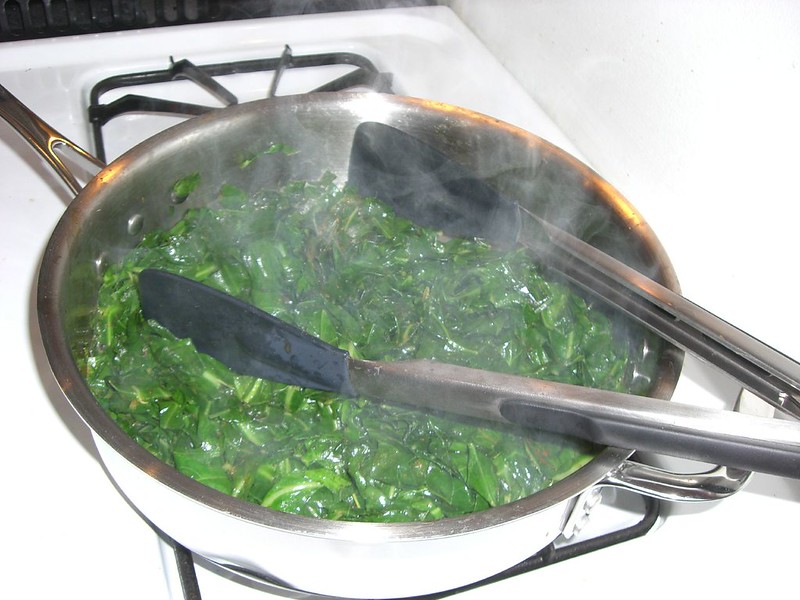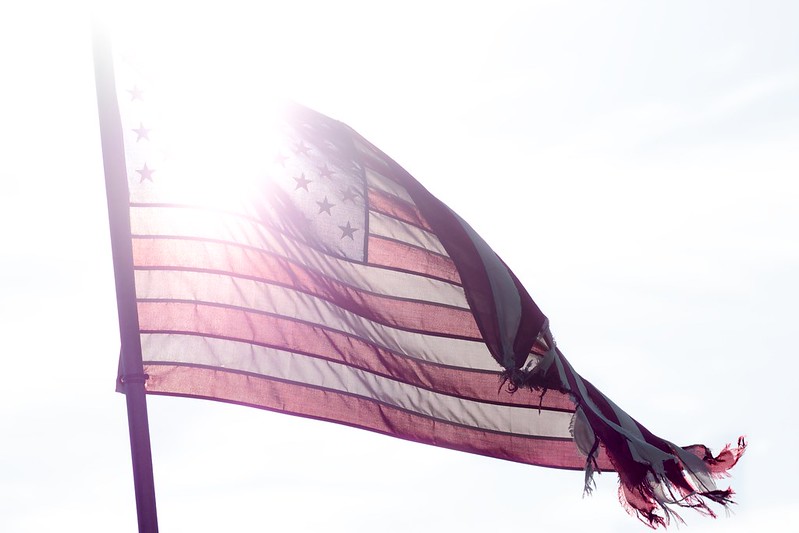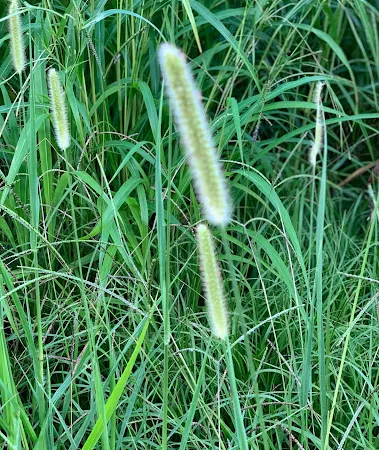In the season
of sickness,
of a rattling
in the chest
that lingers
and lingers
and lingers
I seek
your healing power
O my elixir
none other will do
as well as you
your name
is not always recorded
on cryptic inscriptions
but I know
it’s you
nothing else
has that
distinctive
burn

Alas, you have become
such an elusive elixir
I search high and low
(on the shelves)
just to find
you’ve vanished
leaving no trace
it befits you,
vaporous thing
that you are
I cannot entertain
the notion
of orange
or honey
—fie!
These cannot
open passages
like you.
I wonder
what on Earth
I shall do
but wait…
memory stirs
like ghosts
like tendrils
like vapors, yes…
my own father
pouring your
precious substance
into a little silver tray
and plugging in
the vaporizer
there I was
suffering child
surrounded
by a steamy cloud
tinged with your
cool fragrance
sputtering
sizzling
on through the
long, long night
(you’re no cure-all
for childhood asthma, btw
but I’m not dealing
with that
anymore)
and speaking
of clouds…
back there
in the shroud
of Time
where sits
my father
and
my mother
puffing
puffing
puffing
on Salem cigarettes
there, the
telltale green carton
indicates your presence
I can still smell you
on the foil
of those packs
and in the
smoke ribbons
curling in the air
(aside: salem means
peaceful
complete
safe
perfect)
—what a cool operator
you are,
alternately healing
and stealing
breath
but then…
far back
so far back
I find you
at your purest,
perhaps
sick child
that I was
struggling
to breathe
(yeah, it’s a theme)
my grandfather
going to
his medicine cabinet
for a little
cobalt-blue tub
my grandmother
unscrewing the
aqua lid
and with one finger
slathering a good dollop
under my nose
(which now
no one is
ever
ever
ever
supposed to do
although clearly
I am alive)
and it is this memory
these moments
that are salve to my soul.
balm to my spirit
and so I come
to find you
like a miracle
in my own
medicine cabinet
whereupon I slather
my own self
up good
relishing your
mint-oil fire
your vapors
like a blanket
of love
enveloping me
breathing
breathing
Yea, with
a little
more ease
until this
lingering
lingering
rattle
evaporates
at last…
O, my elixir.

Fun facts: Vick’s VapoRub was invented in 1894 in the North Carolina county next to where I live now. It was originally called Vick’s Magic Croup Salve. From the NC Department of Natural and Cultural Resources: “The salve in the blue jar is made of menthol, camphor, oil of eucalyptus and several other oils, blended in a base of petroleum jelly.” The creator invented it to cure his son of severe croup…which it did. Spanish flu killed the inventor in 1919 but, paradoxically, that pandemic drastically increased demand for his product. Oh…and guess who worked at the inventor’s drugstore as a teenager? O. Henry.
My ode, however is to menthol, not just Vick’s, seeing as I had to include my parents’ Salem menthols in the mix. I was an asthmatic child, my first attack occurring at age three months. As I grew, I often begged to stay with my grandparents when I was sick; they slathered me with this old remedy, hence my great affinity for VapoRub. Accordingly, my grandparents are ever-present in the healing power of that clean menthol burn…nowadays I am not troubled with asthma but when I feel a cold coming on, or, as in the present moment, trying to shake the rattling cough after a cold, Vick’s DayQuil with VapoCool is my go-to. It works, to which widely empty shelves attest. I finally had some delivered by Instacart (had to show ID, of course) so I can continue burning the rattle out of my chest…it’s the best thing I know of, outside of a certain homemade “recipe” made by one of my old-time church members from the country…not exactly sure what was in THAT jar, but it would’ve surely burned this stuff out long before now… that, however, is another story for another day.
Here’s to the healing power of menthol.
*******
with thanks to Two Writing Teachers for the monthlong Slice of Life Story Challenge
and to Kim Johnson,
whose series on Epsom salts convinced me that I really, really should write about menthol
(which, yes, can occasionally be dangerous, so use with care)









